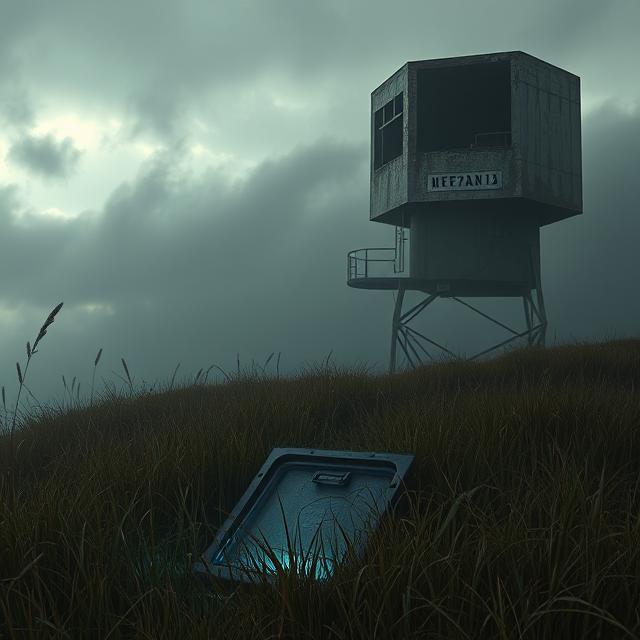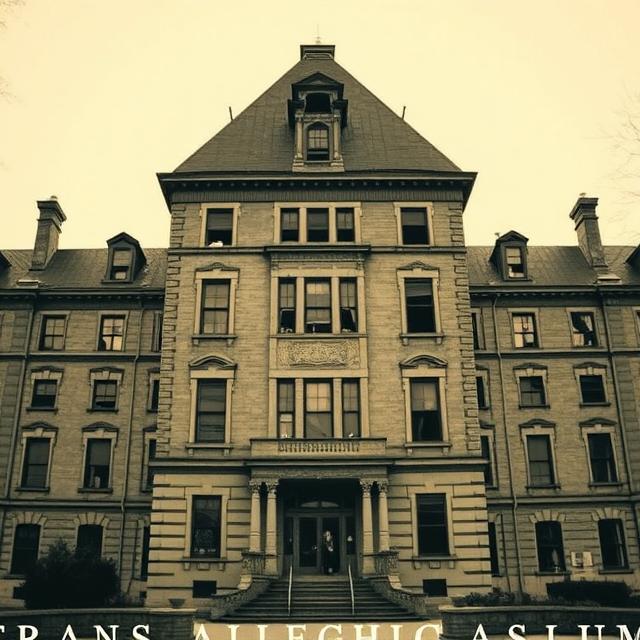The Enfield Poltergeist case centered around the Hodgson family: single mother Peggy Hodgson and her four children, Margaret (11), Janet (10), Johnny (7), and Billy (7), who lived at 284 Green Street, Enfield. The disturbances reportedly began in August 1977, with the children complaining of furniture moving on its own and knocking sounds within the house. Initially dismissed as childish pranks, the phenomena soon escalated, attracting the attention of the media and paranormal investigators.
One of the first to investigate was Graham Morris, a photographer for the Daily Mirror. He reportedly witnessed furniture moving and recorded some of the strange noises. His reports piqued the interest of more established paranormal researchers, most notably Maurice Grosse and Guy Lyon Playfair of the Society for Psychical Research (SPR). Grosse and Playfair spent considerable time at the Hodgson residence over the following two years, meticulously documenting the alleged events.
The phenomena reported at Enfield were classic poltergeist activity: loud raps and knocks, furniture moving and overturning, objects being thrown across rooms, cold spots, and even the alleged levitation of the children, particularly Janet. Janet, in particular, became the focal point of much of the activity, and her voice would sometimes deepen and take on a gruff, male tone, seemingly belonging to a spirit that identified itself as “Bill Wilkins,” a former resident of the house who had died in the armchair in the living room.
Grosse and Playfair documented hundreds of incidents, taking photographs, audio recordings, and extensive notes. They were convinced that at least some of the phenomena were genuinely paranormal. Their reports detailed instances of furniture moving with apparent force when no one was touching it, objects flying through the air with no visible means of propulsion, and the distinct, guttural voice emanating from Janet. They also claimed to have witnessed Janet levitating on several occasions.
The case garnered significant media attention, with television crews and reporters descending upon Enfield. The sensational nature of the claims captured the public imagination, leading to widespread fascination and skepticism in equal measure.
However, the Enfield haunting was not without its critics. Skeptics pointed to the lack of consistent, verifiable evidence under controlled conditions. Many of the most dramatic events reportedly occurred when investigators were not directly observing or when the children were alone. Some accused the children, particularly Margaret and Janet as they grew older, of faking or exaggerating the phenomena.
One of the most vocal skeptics was magician and paranormal investigator James Randi, who visited the house and offered a significant cash reward to anyone who could produce genuine paranormal phenomena under scientific scrutiny – a reward that was never claimed. Randi suggested that the children were likely tricking the investigators, using ventriloquism and manipulating objects with fishing line or other simple means.
Even Grosse and Playfair acknowledged that some of the reported events were likely hoaxes perpetrated by the children, especially as the investigation wore on. However, they maintained that a core of genuine paranormal activity remained unexplained. They argued that the sheer volume and consistency of some of the phenomena, as well as instances where multiple witnesses claimed to have seen the same inexplicable event, supported the possibility of a genuine poltergeist haunting.
The guttural voice attributed to “Bill Wilkins” was a particularly contentious aspect of the case. While Grosse and Playfair recorded numerous instances of this voice emanating from Janet, skeptics suggested she was simply a skilled ventriloquist. Janet herself later admitted to faking some of the events, particularly as she and her sister grew tired of the constant attention and scrutiny. However, she also maintained that some of the phenomena were real and beyond her control.
The SPR itself was divided on the Enfield case. While Grosse and Playfair were convinced of the haunting’s authenticity, other members were more skeptical, emphasizing the lack of rigorous scientific evidence.
The case of the Enfield Poltergeist raises fundamental questions about the nature of paranormal investigation, the reliability of eyewitness testimony, and the potential for deception, both conscious and unconscious. The intense emotional atmosphere surrounding the events, the suggestibility of witnesses, and the inherent difficulty in controlling for all possible mundane explanations in a private home all contribute to the complexity of the case.
The enduring popularity of the Enfield Poltergeist story is evident in the numerous books, documentaries, and even a fictionalized film adaptation (“The Conjuring 2”) that have been produced about it. The case continues to fascinate and divide opinion, serving as a prime example of the challenges and controversies that often surround claims of paranormal activity.
Ultimately, the question of whether the Enfield Poltergeist was fact or fabrication remains unanswered to this day. While the weight of scientific skepticism leans towards a mundane explanation involving trickery and psychological factors, the firsthand accounts of experienced paranormal investigators like Grosse and Playfair, who genuinely believed they witnessed inexplicable events, cannot be entirely dismissed. The truth likely lies somewhere in the complex interplay between genuine phenomena, misinterpretation, and perhaps even deliberate deception. The Enfield haunting stands as a compelling and enduring enigma in the world of the paranormal, a testament to the enduring human fascination with the possibility of forces beyond our current understanding.
Want to explore the shadows even deeper? For more chilling cases like this, visit SinisterArchive.com, where the legends are real.




